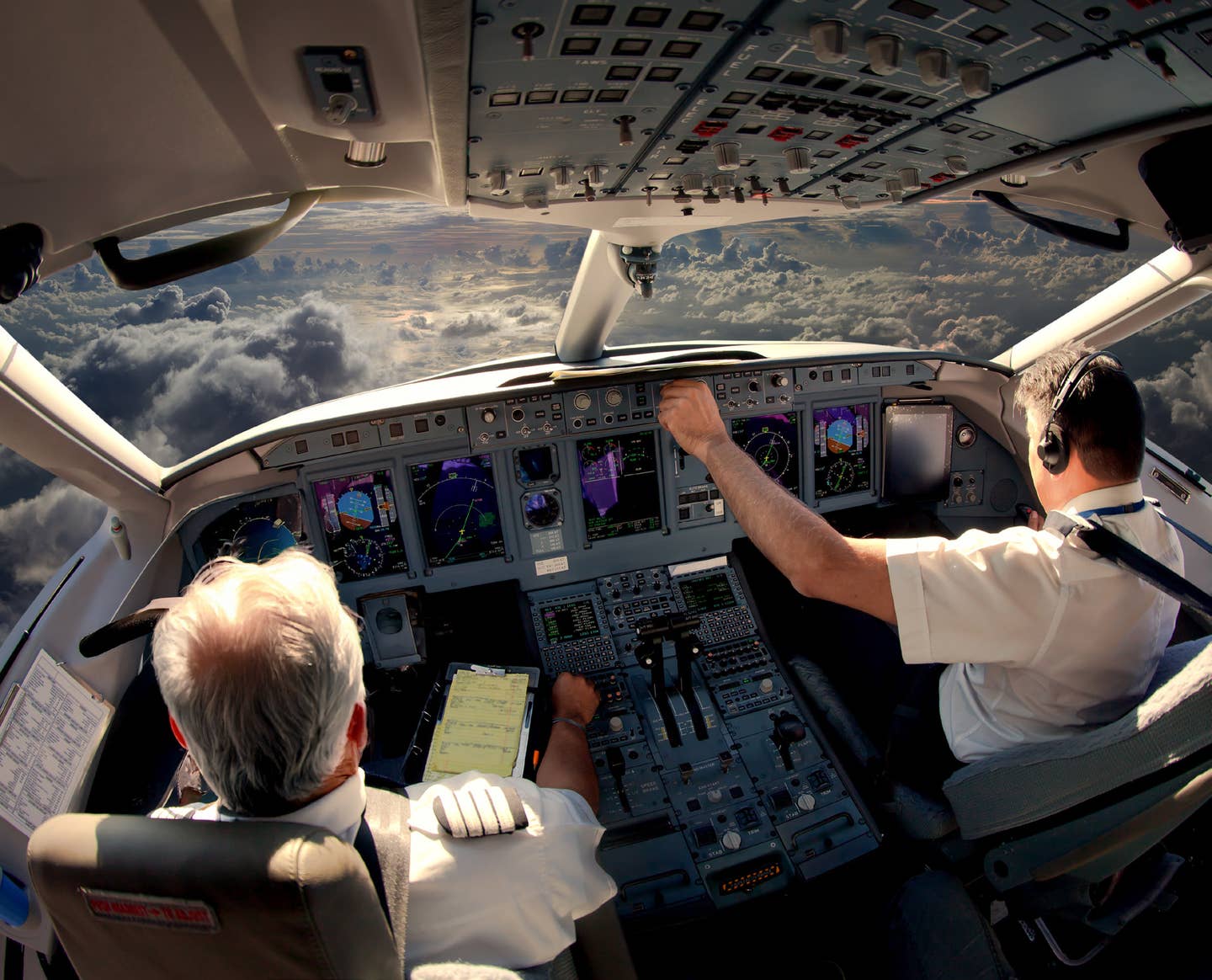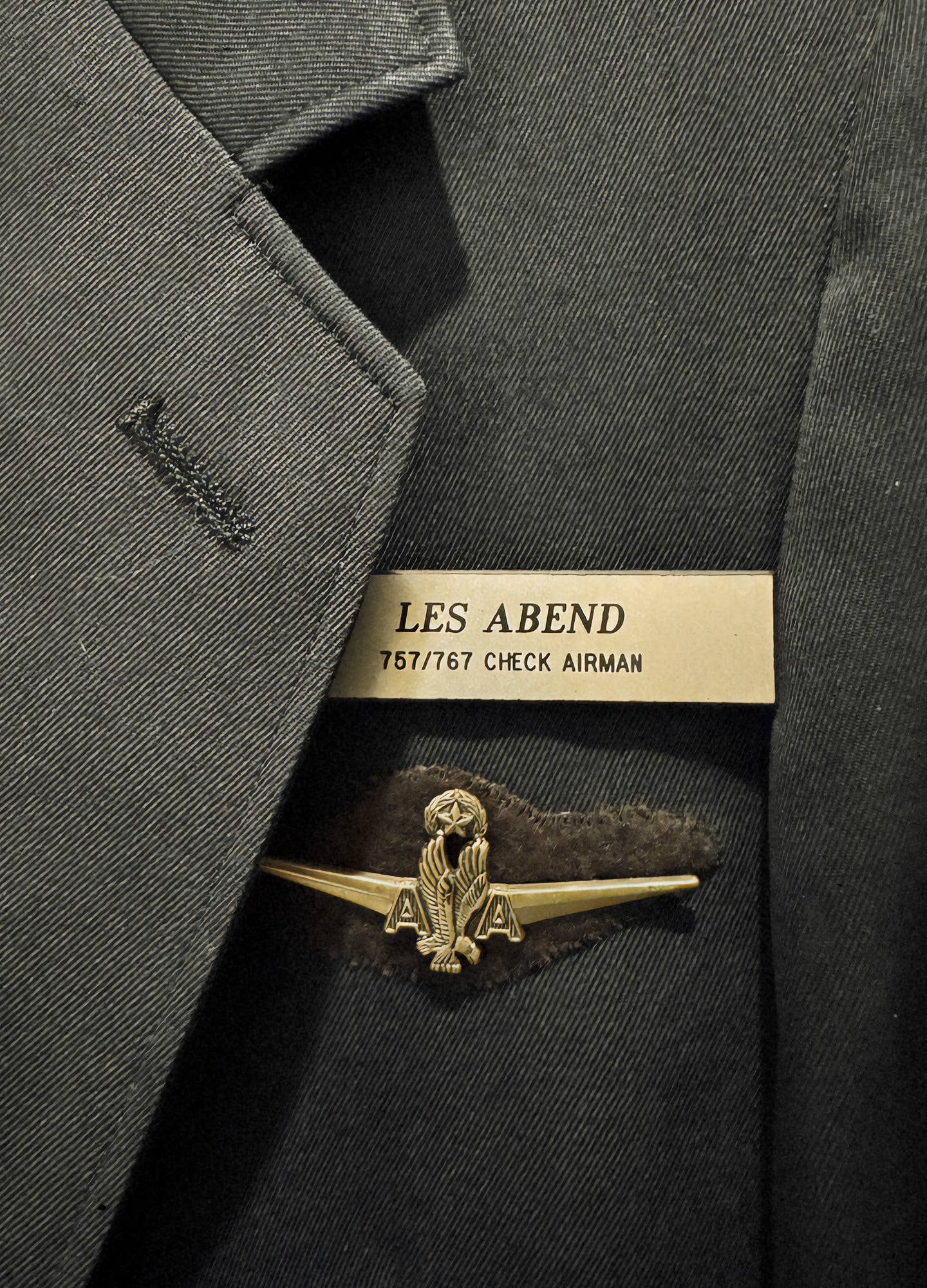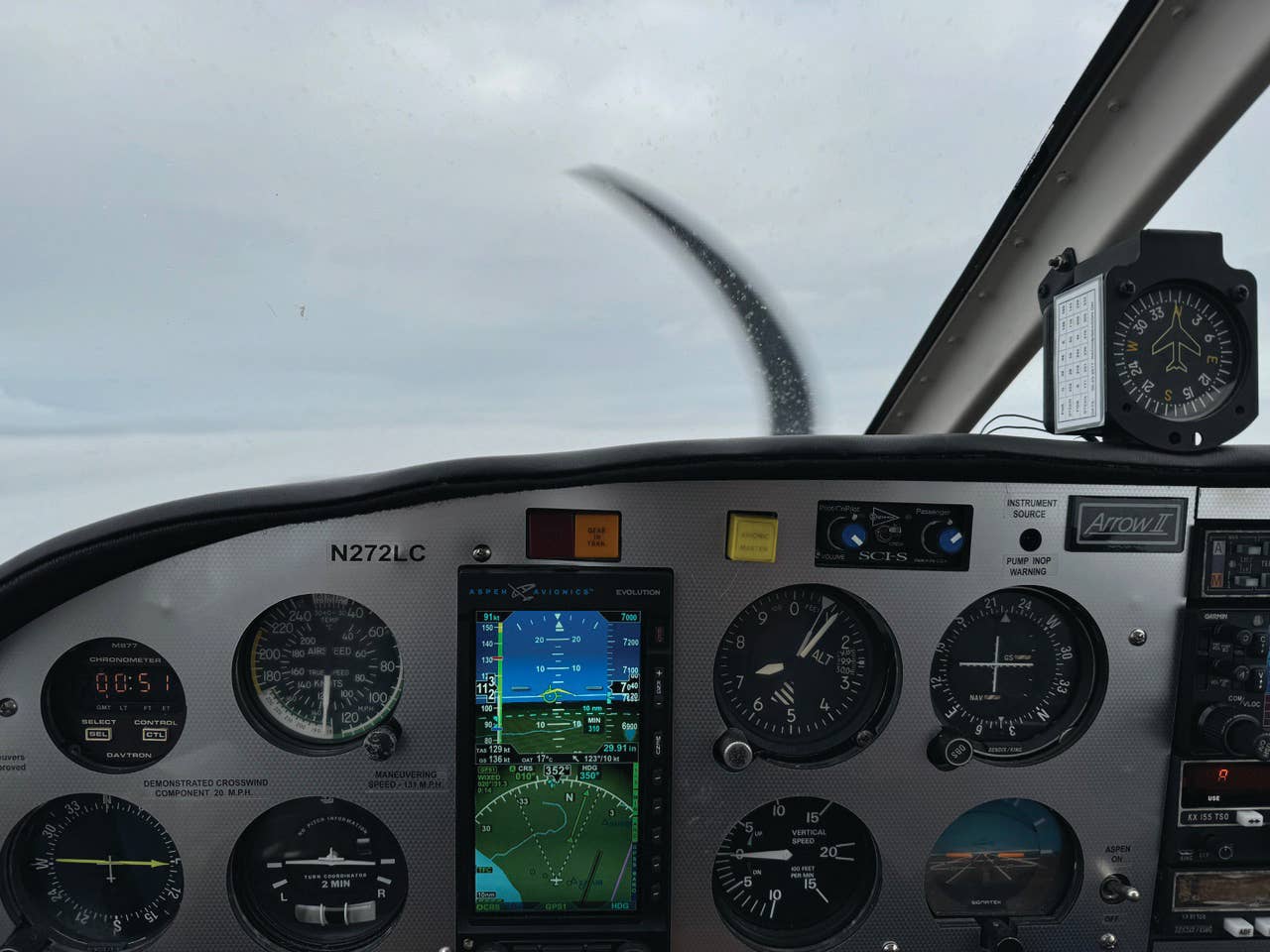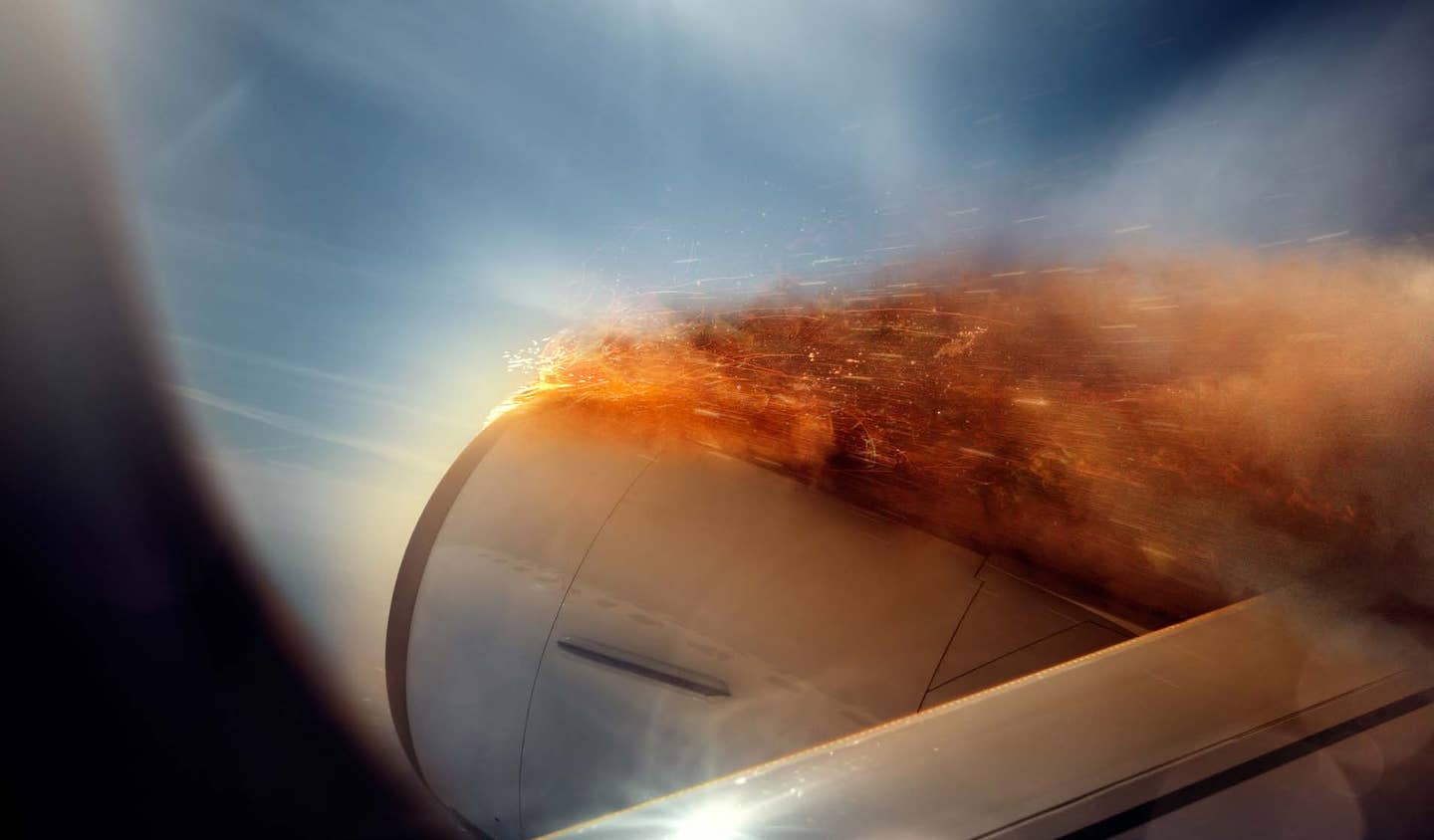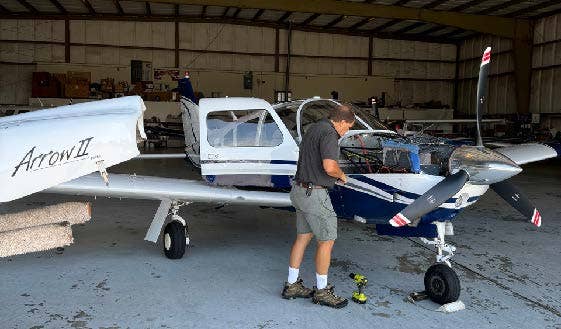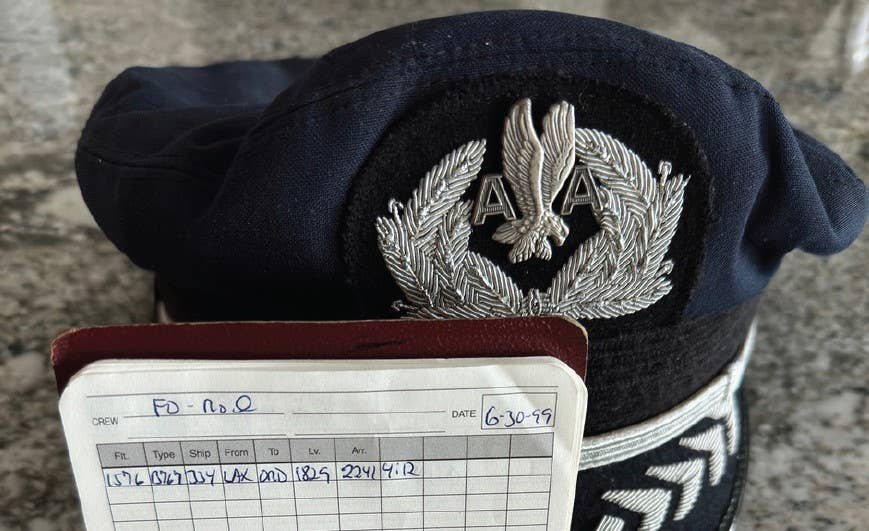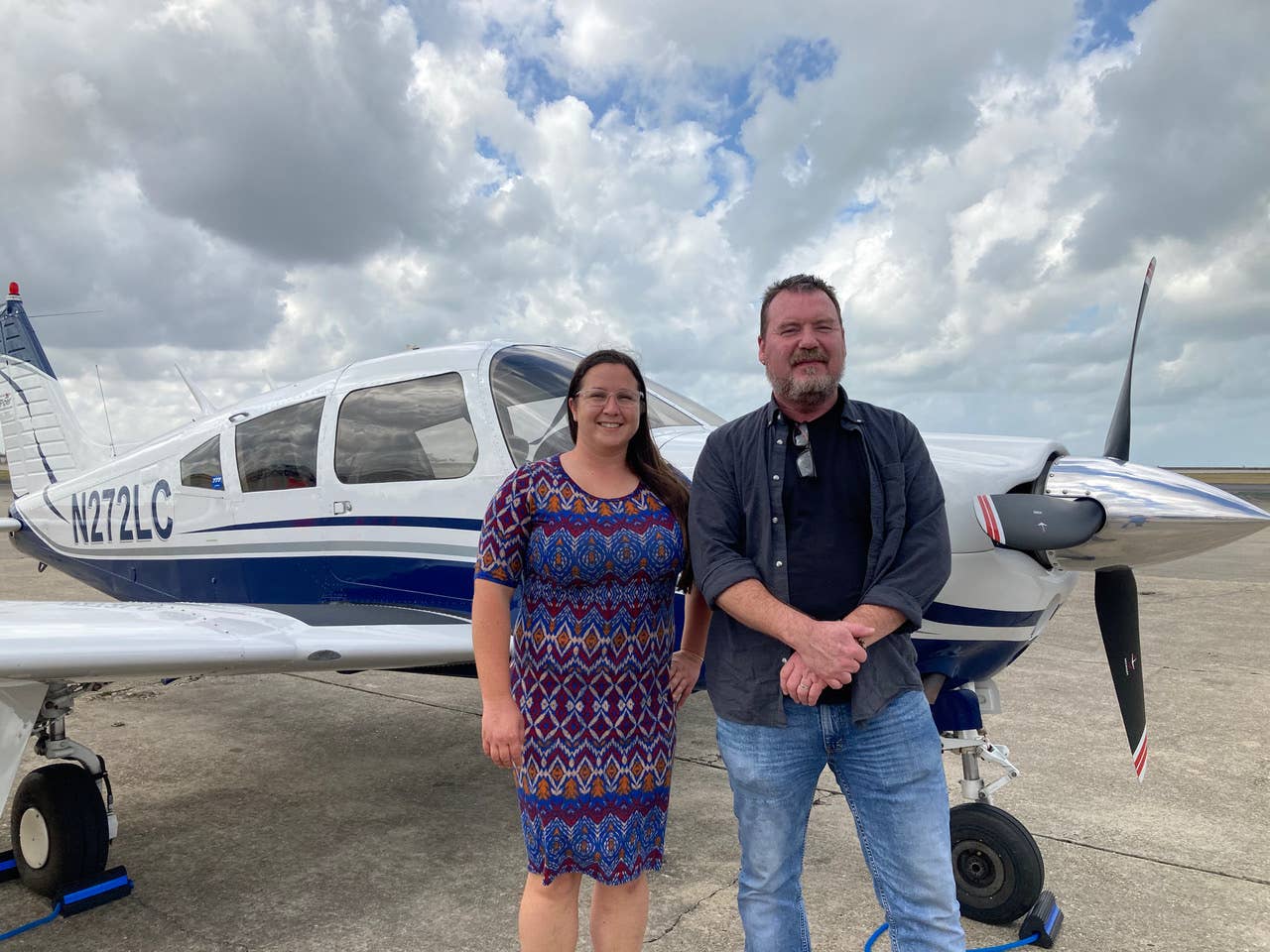
Retired airline pilot Les Abend flew the SouthWings mission with SouthWings passengers Virginia Richard and chef Dana Honn in his Piper Arrow. [Courtesy: Les Abend]
A glance at the Garmin GNS 430 display indicated that a westerly course change was about to be directed via GPSS to the S-Tec autopilot. I sat with arms folded in the left seat of my Piper Arrow, a content grin on my face even at our altitude of 1,500 feet. I continued my vigilance—or maybe paranoia—in scanning the earth below, considering potential emergency landing spots. A water landing was always a possibility; fortunately, it was relatively shallow here.
We were just underneath a broken stratus layer, dancing along a small section of the Louisiana coastline at the fringes of the Gulf of Mexico. How many times had I flown over this area in transit to Florida at FL 390 with nary a second thought about its significance?
“After a great career, I believe that paying it forward is important for our society, no matter how we decide to contribute.”
What was I doing at low altitude, dependent upon the reliability of only one 200 hp reciprocating engine rather than two jet engines rated at 115,000 pounds of thrust? Volunteering, of course. SouthWings is an advocacy group that utilizes qualified pilot volunteers and vetted airplanes to provide a birds-eye view of industry and land development effects on the environment, primarily over bodies of water.
In this circumstance, the water environment was the Mississippi River, the Gulf of Mexico, and the nearby communities of New Orleans, Louisiana. My passengers were environmental experts in their fields. SouthWings also flies government leaders, developers, educators, and the media. The organization has been responsible for confirming and/or discovering pollution issues, threats to wetlands, and leaking oil rigs.
The group is managed by a very small group of very dedicated and underpaid staff. Funding for
SouthWings is through various foundations and individual donors, with its budget dependent upon the philanthropic temperament of the year.
After a great career, I believe that paying it forward is important for our society, no matter how we decide to contribute. Although I’ve contributed through non-aviation venues as well, my membership with Air Care Alliance involves 14 volunteer pilot organizations. Unfortunately, opportunities to participate haven’t been compatible for various reasons, mostly because of distance and the ability to transport passengers in comfort.
The pilot disaster and emergency relief organizations are limited in scope and timeline depending upon the situation, at least for my type of airplane. The GA airports that were in an advantageous proximity to the most recent natural disaster events were sometimes restrictive or just plain closed, notwithstanding that a Piper Arrow is not the ideal vehicle to carry a large quantity of supplies. When roads are cleared after a hurricane, tractor trailers are generally the best form of transportation. Additionally, the carriage of infirm passengers can prove problematic in a Piper Arrow, primarily because of the one entry and exit: a step and a wing to climb.
So, all things considered, SouthWings seemed like a good fit for me and the airplane. If logging more than 25,000 hours of flight time has taught me anything, it’s that I can fly a mean straight-and-level—even with a handful of orbits tossed in. And it’s enjoyable to fly folks that have no experience or limited experience in a small airplane. Plus, the areas that are flown often go unnoticed by pilots because most of us aren’t savvy to environmental concerns, so it’s interesting to view them from a different perspective.
One of the very positive aspects of SouthWings is the organization’s attitude. “Pilot-pushers” don’t exist. For whatever reason, mechanical, weather, or otherwise, a pilot’s decision not to fly the mission is never questioned. Stipulations involving weight and balance, operational procedures, or COVID-19 protocols are the prerogative of the pilot.
As an example of pilot discretion, at the completion of my fifth mission, the airline pilot hairs began to stand up on the back of my neck. Lowering ceilings, a gap in ATC communication, loss of radar coverage, over-saturated Mardi Gras airspace, and a crowded ramp at New Orleans Lakefront Airport (KNEW) added up to my decision in canceling the sixth and very last trip of the week. Virginia Richard, the Gulf region’s program manager, simply said no apology was necessary.
One of the interesting challenges I conquered was transposing Google Map coordinates to the ForeFlight app and then to the Garmin 430 so the points of interest were actually what my passengers wanted to see. Knowing how to set the appropriate latitude/longitude format was a feat that presented a minor bit of consternation for this airline captain. A good copilot would have been a better option. And a good copilot would have been of superior assistance in obtaining a clearance to fly a 129 nm polygon track through Class B airspace.
A very pleasant hotel room—within walking distance to the French Quarter— and some of the best cuisine in the world made volunteering an enjoyable experience. And my new best friend, Dana Honn, a SouthWings passenger and chef/owner of Carmo, located in the art district area, rolled out the red carpet for Carol and me.
Although flight levels to low levels might be slightly out of this retired airline pilot’s comfort zone, the gratification for paying it forward was worth the mission.

Sign-up for newsletters & special offers!
Get the latest FLYING stories & special offers delivered directly to your inbox

